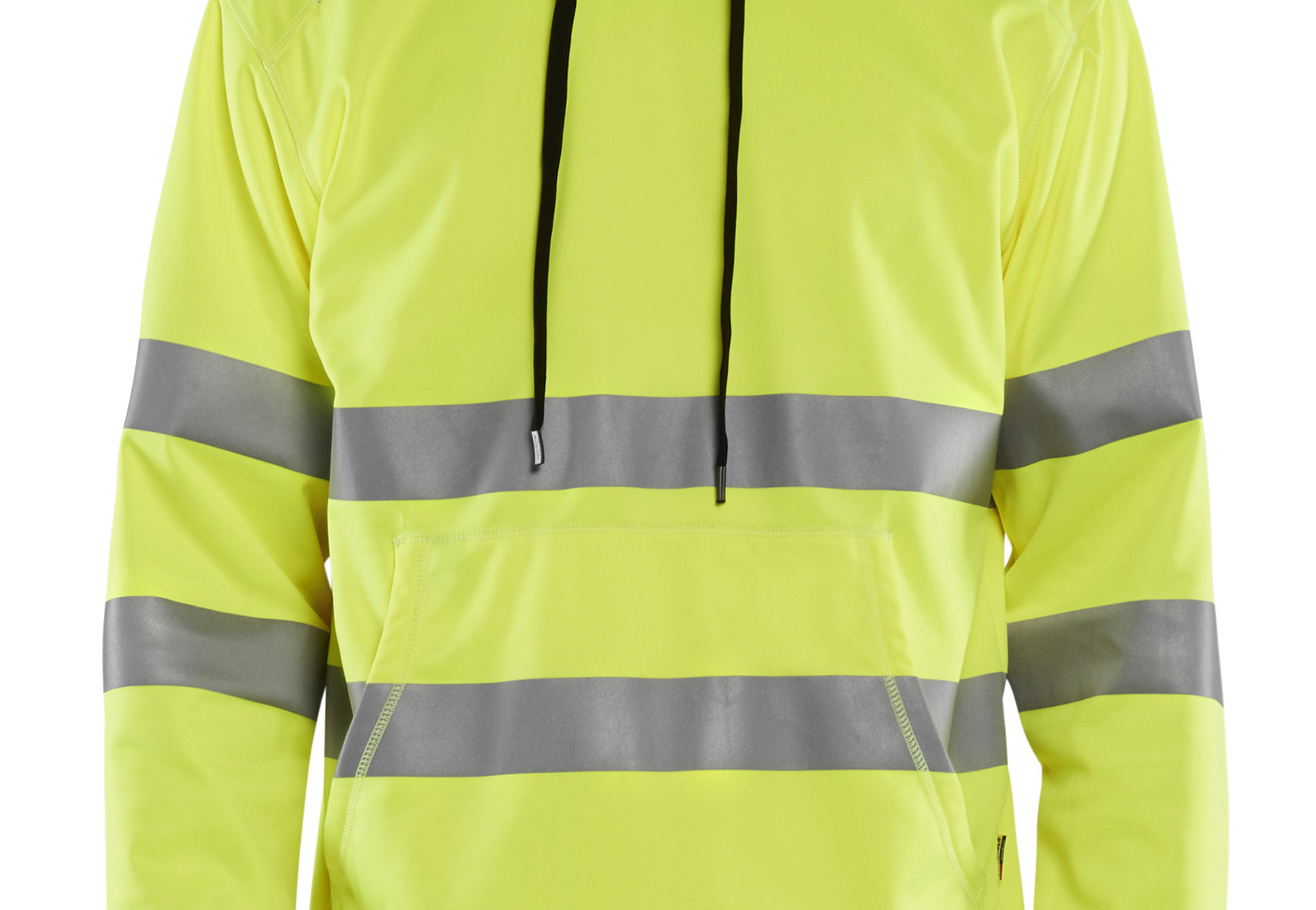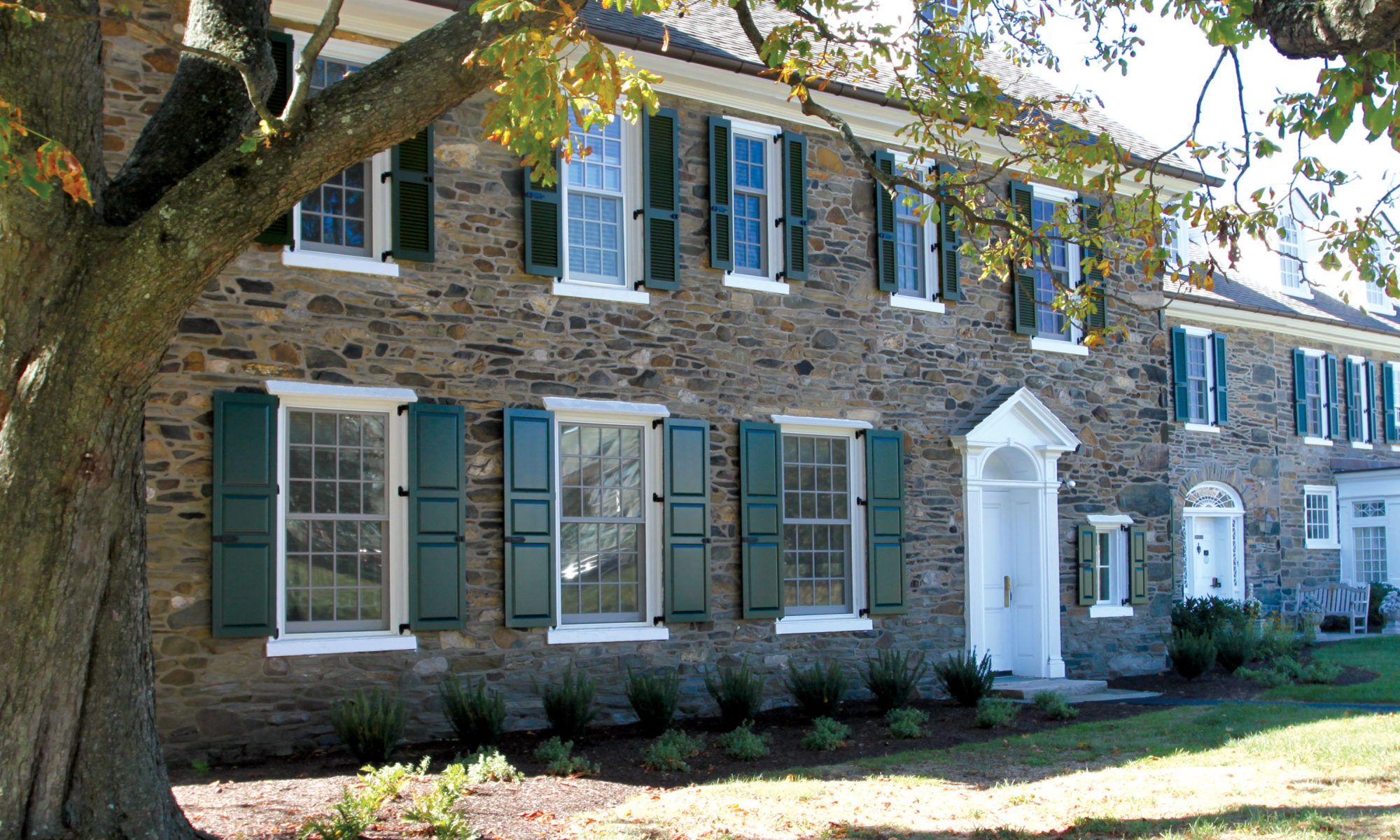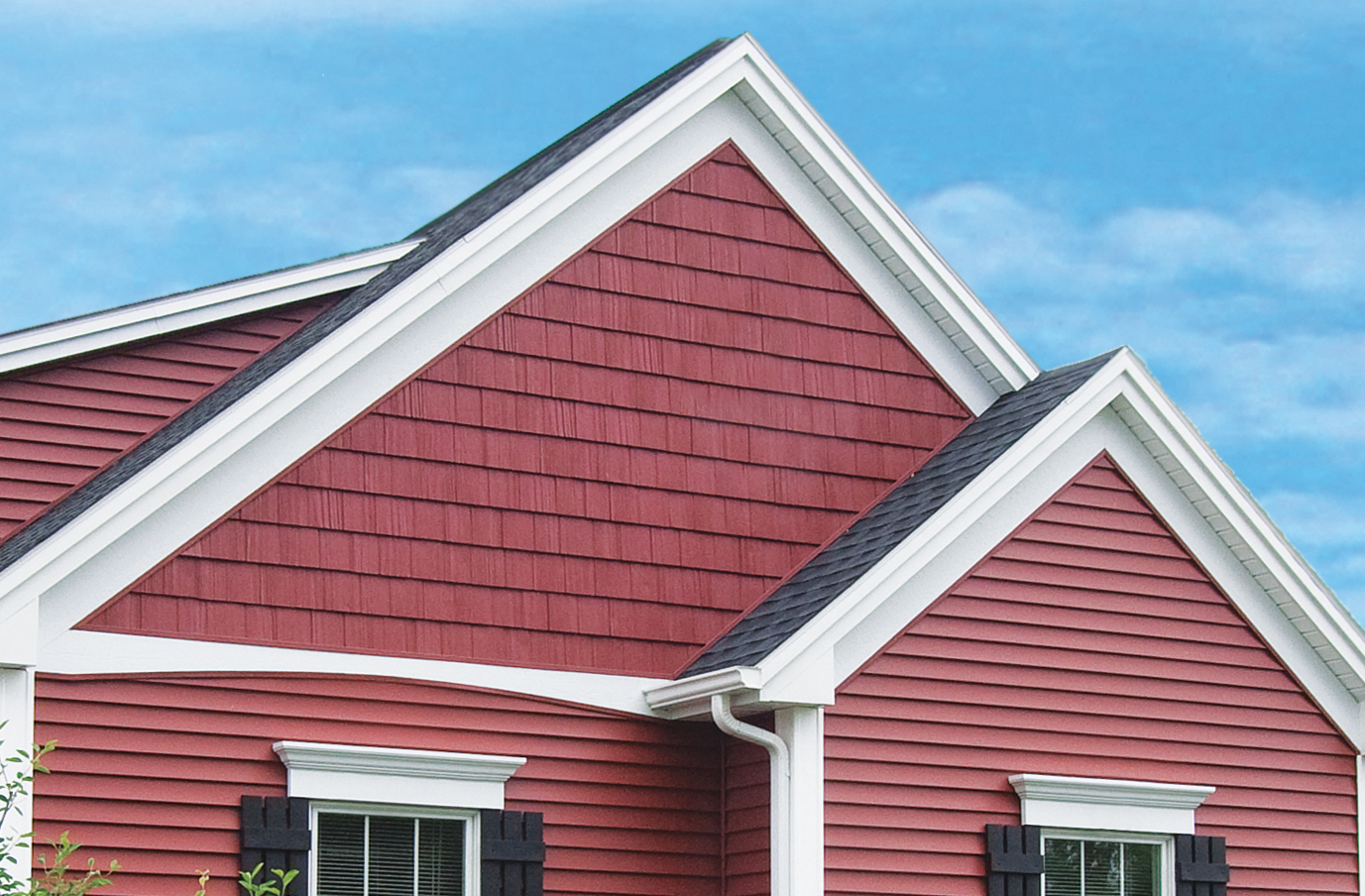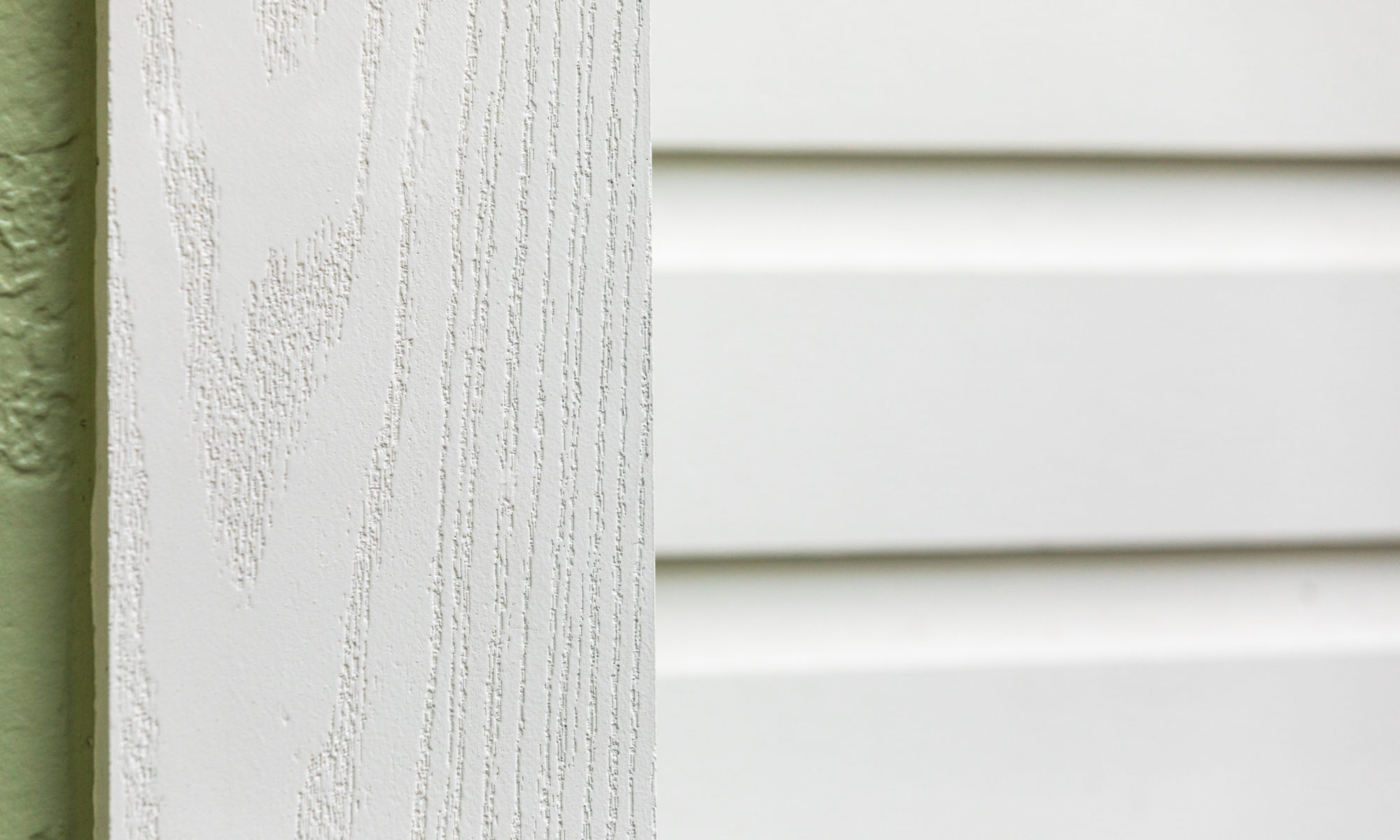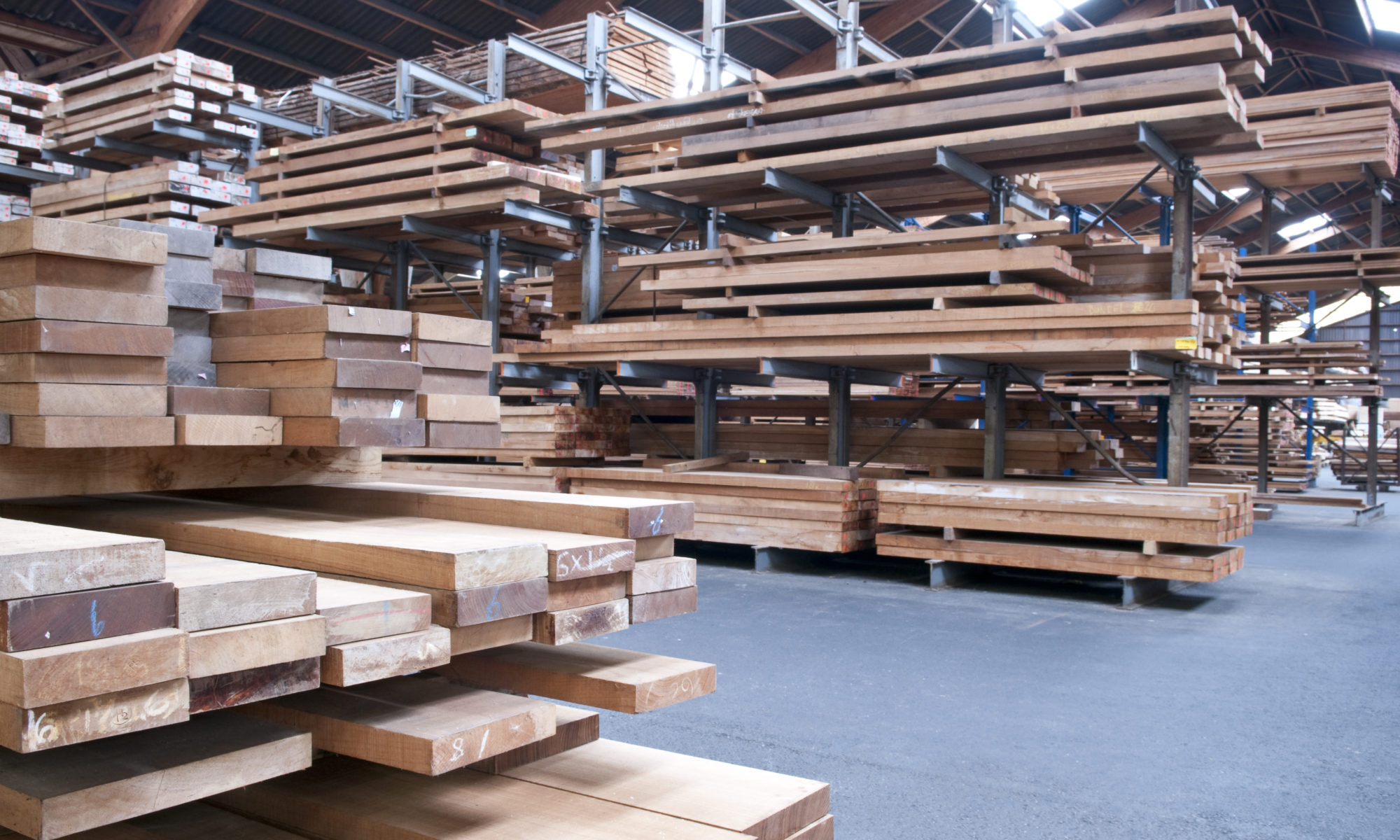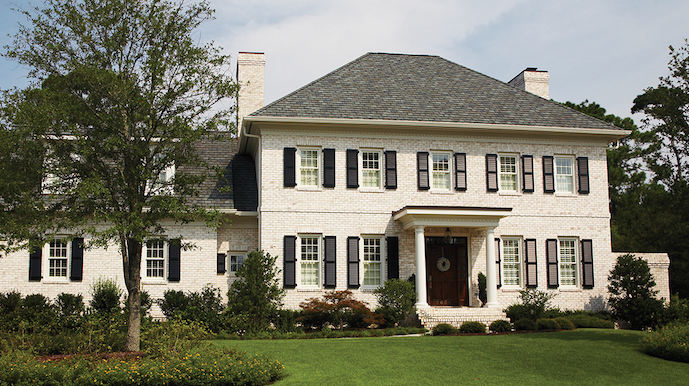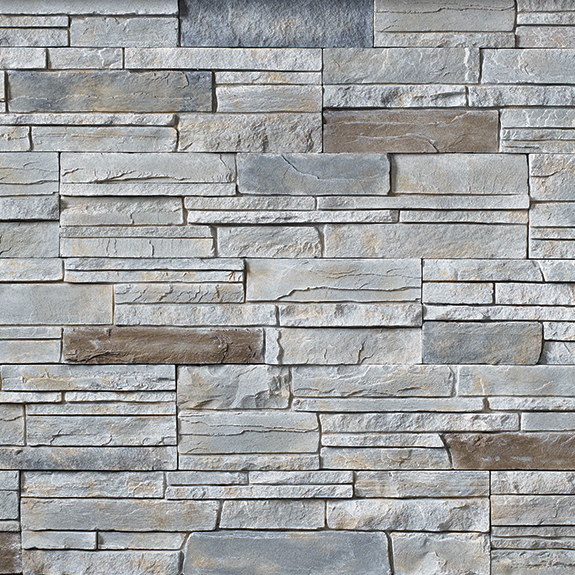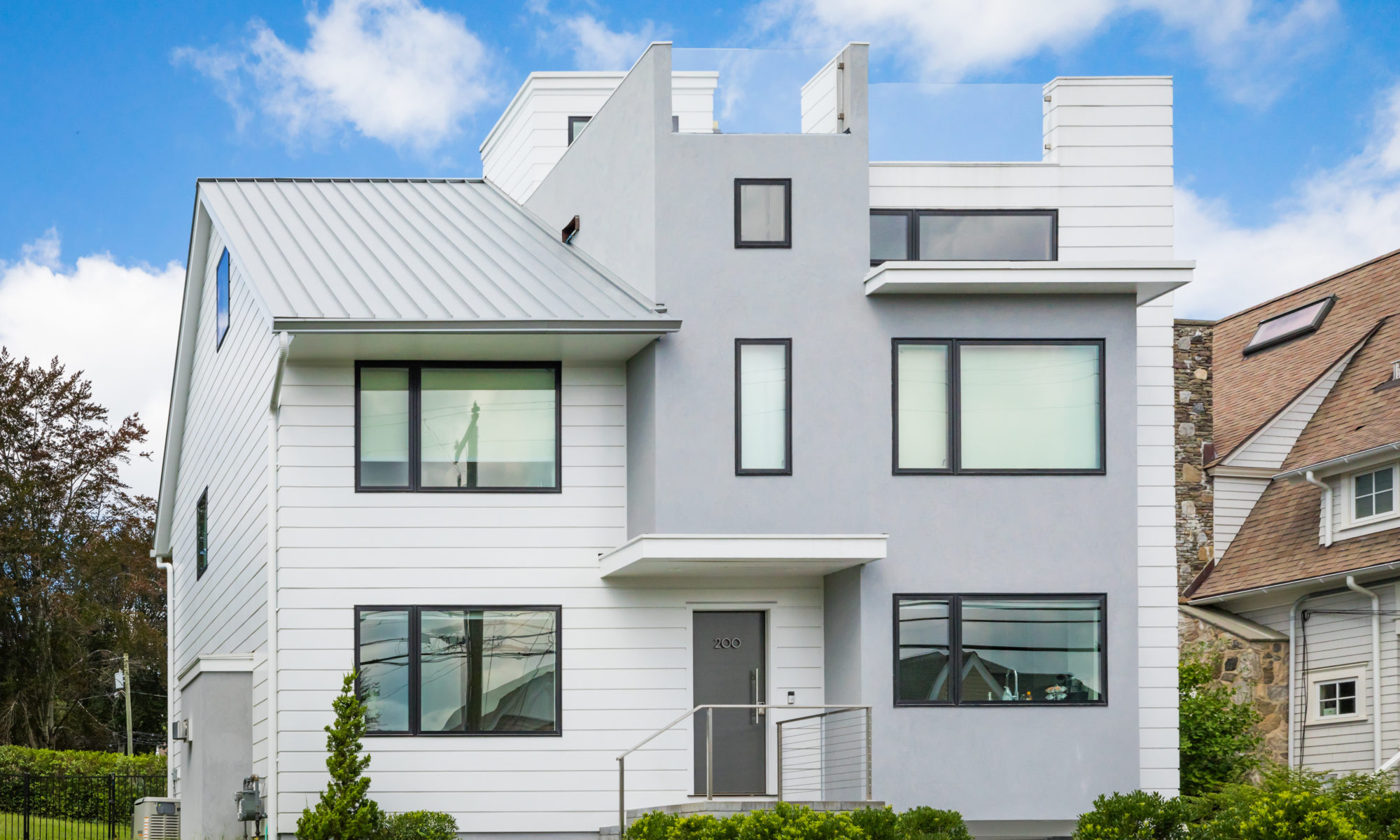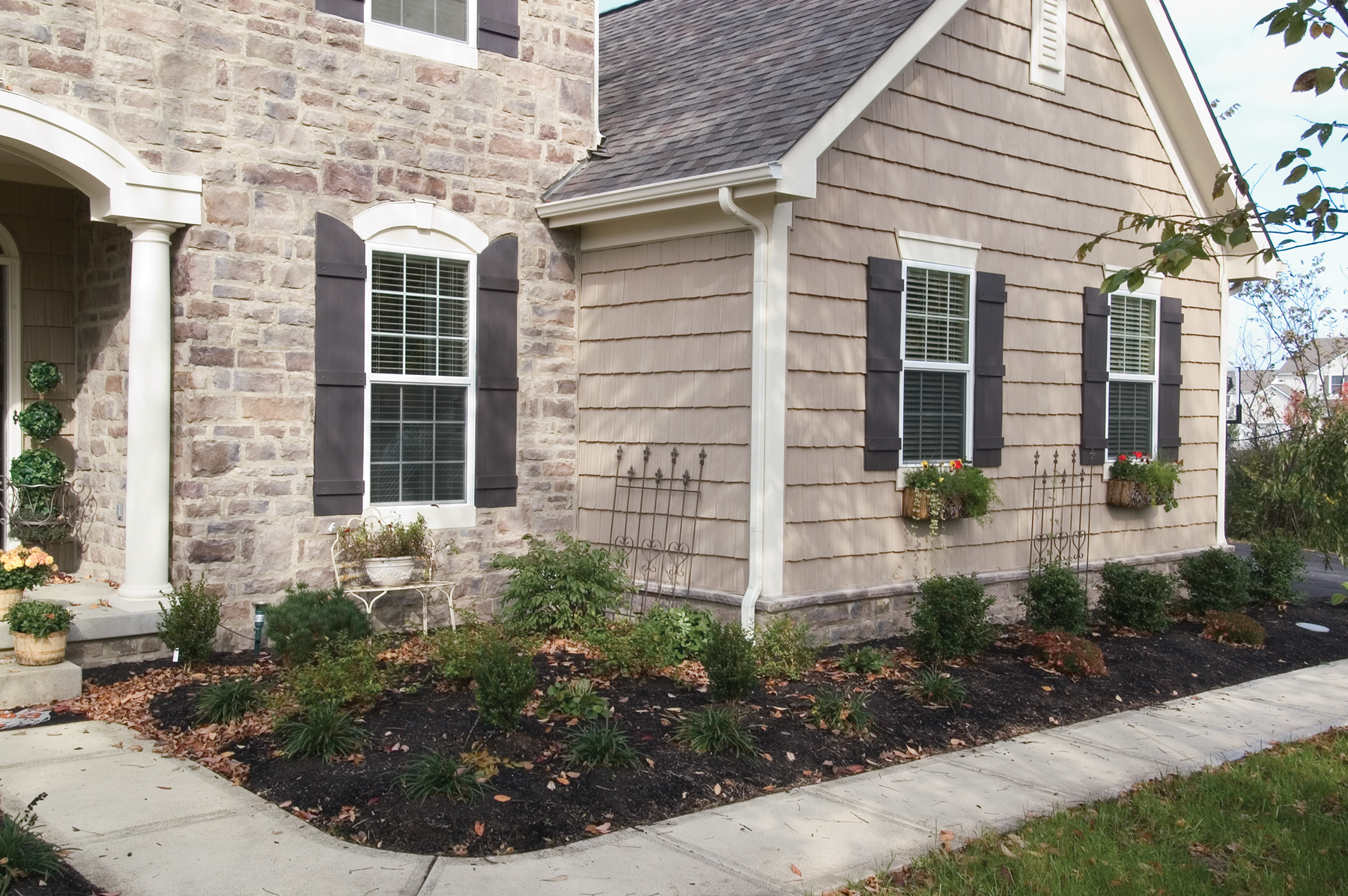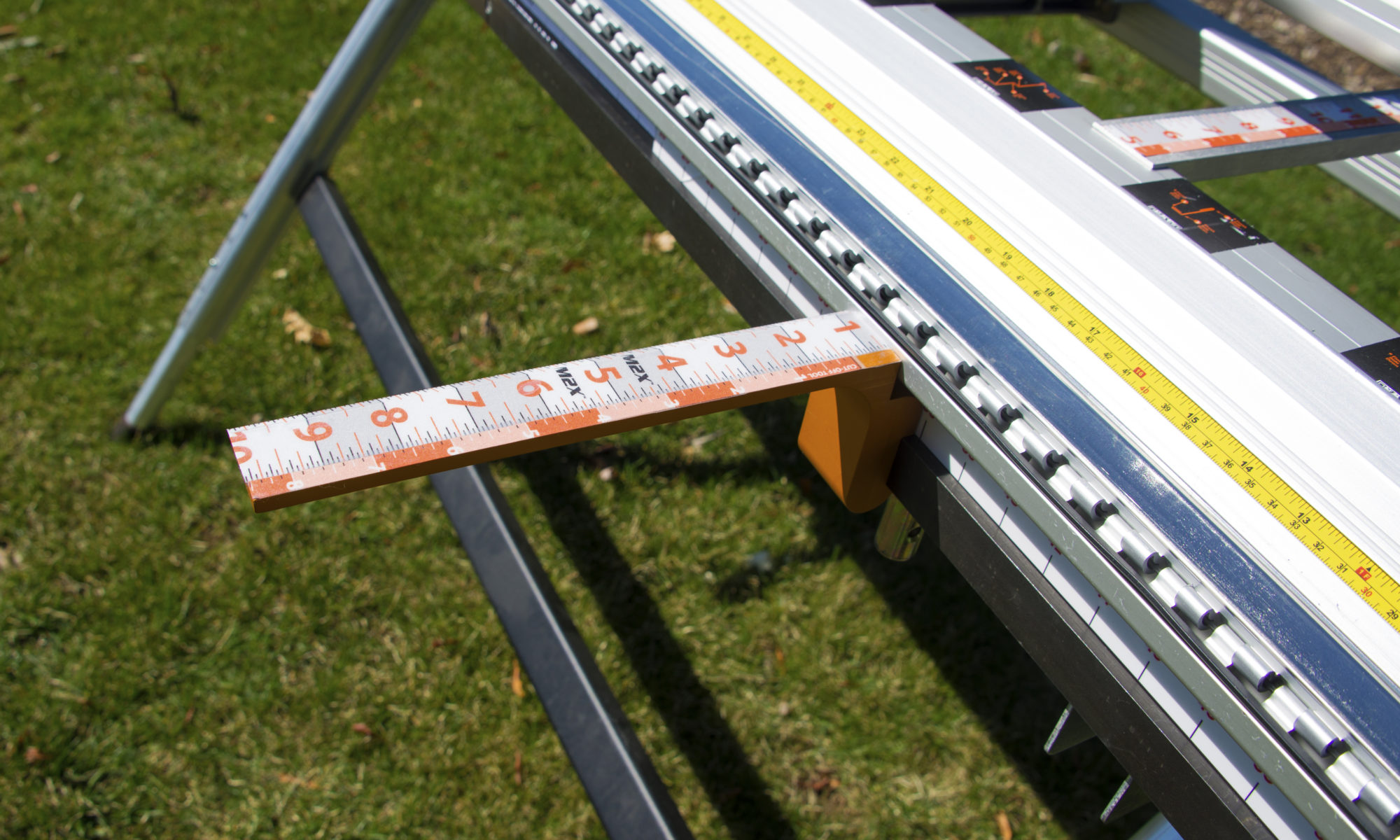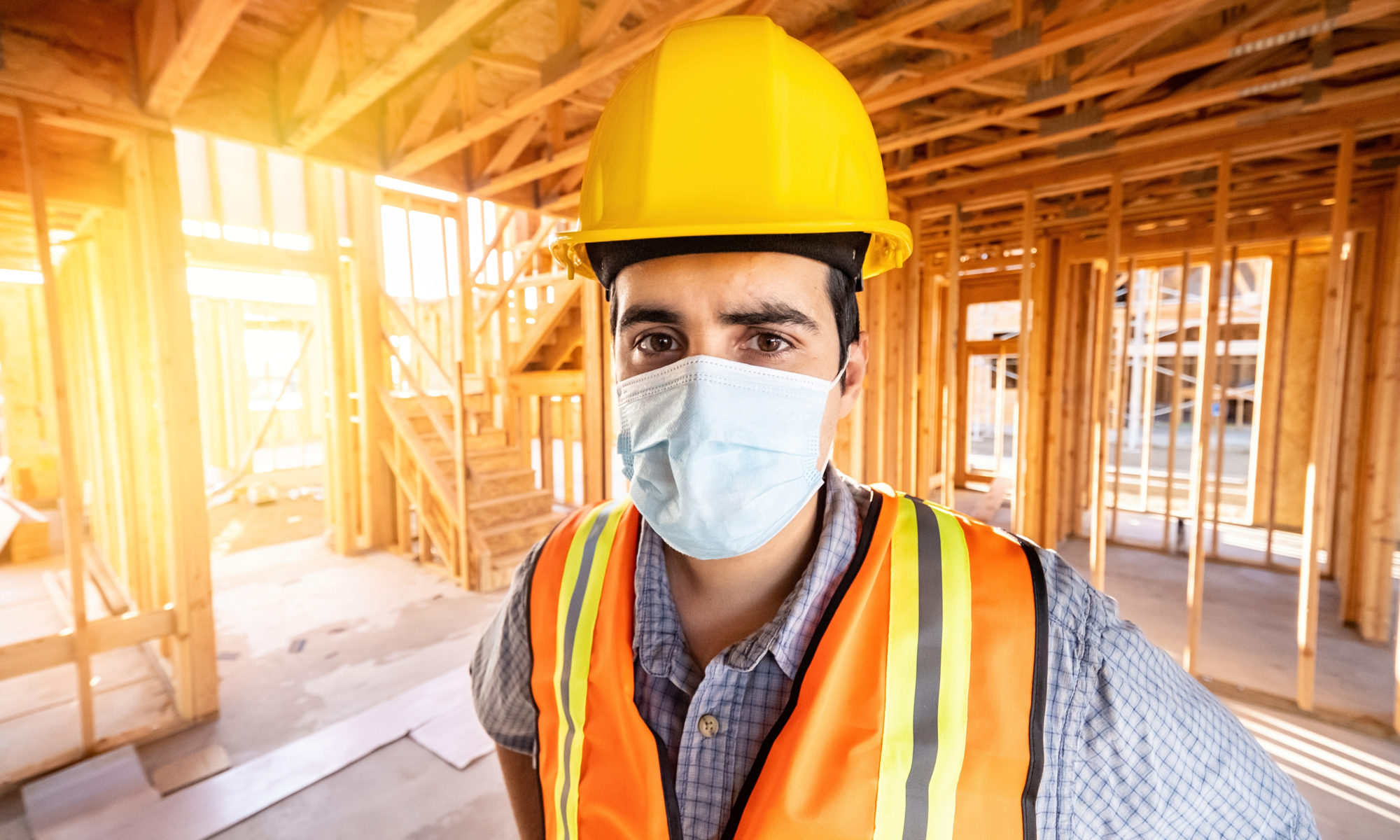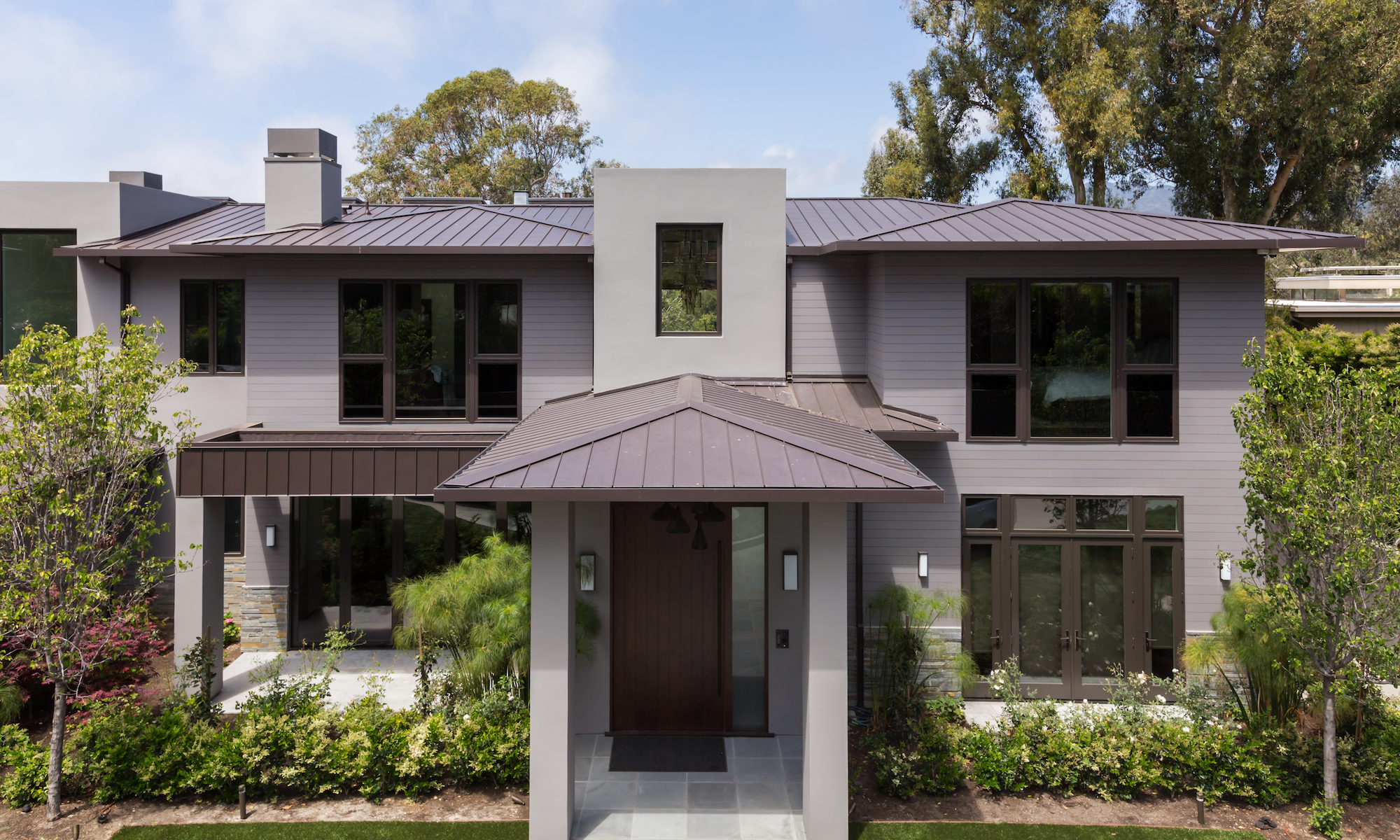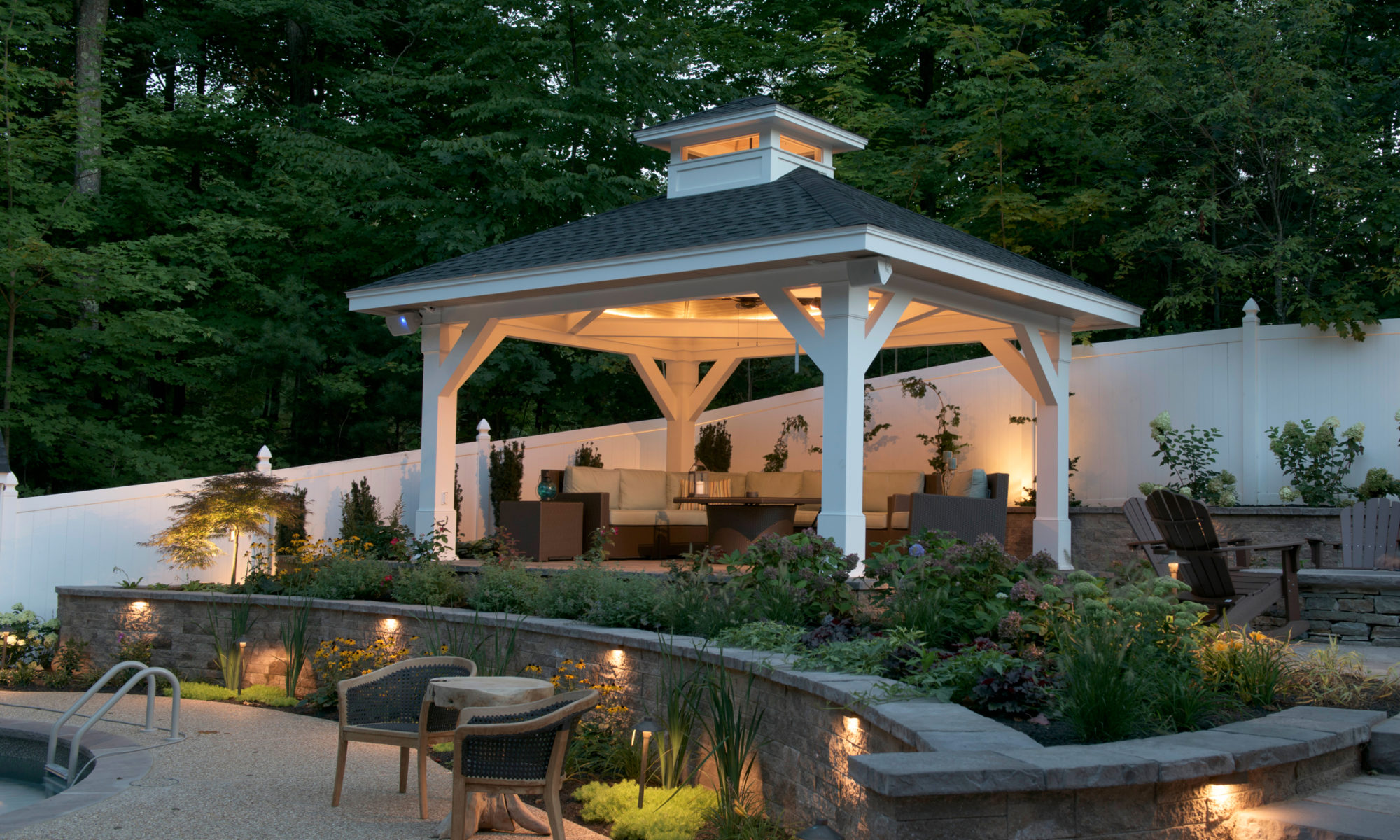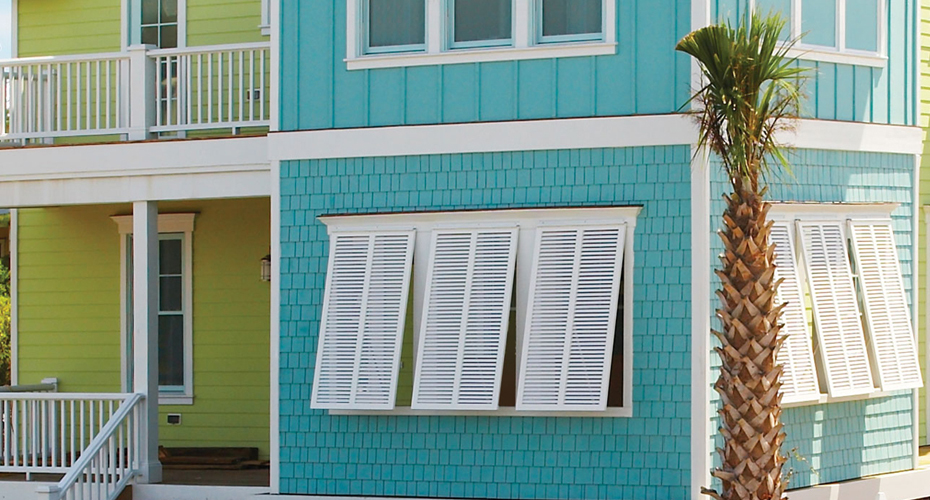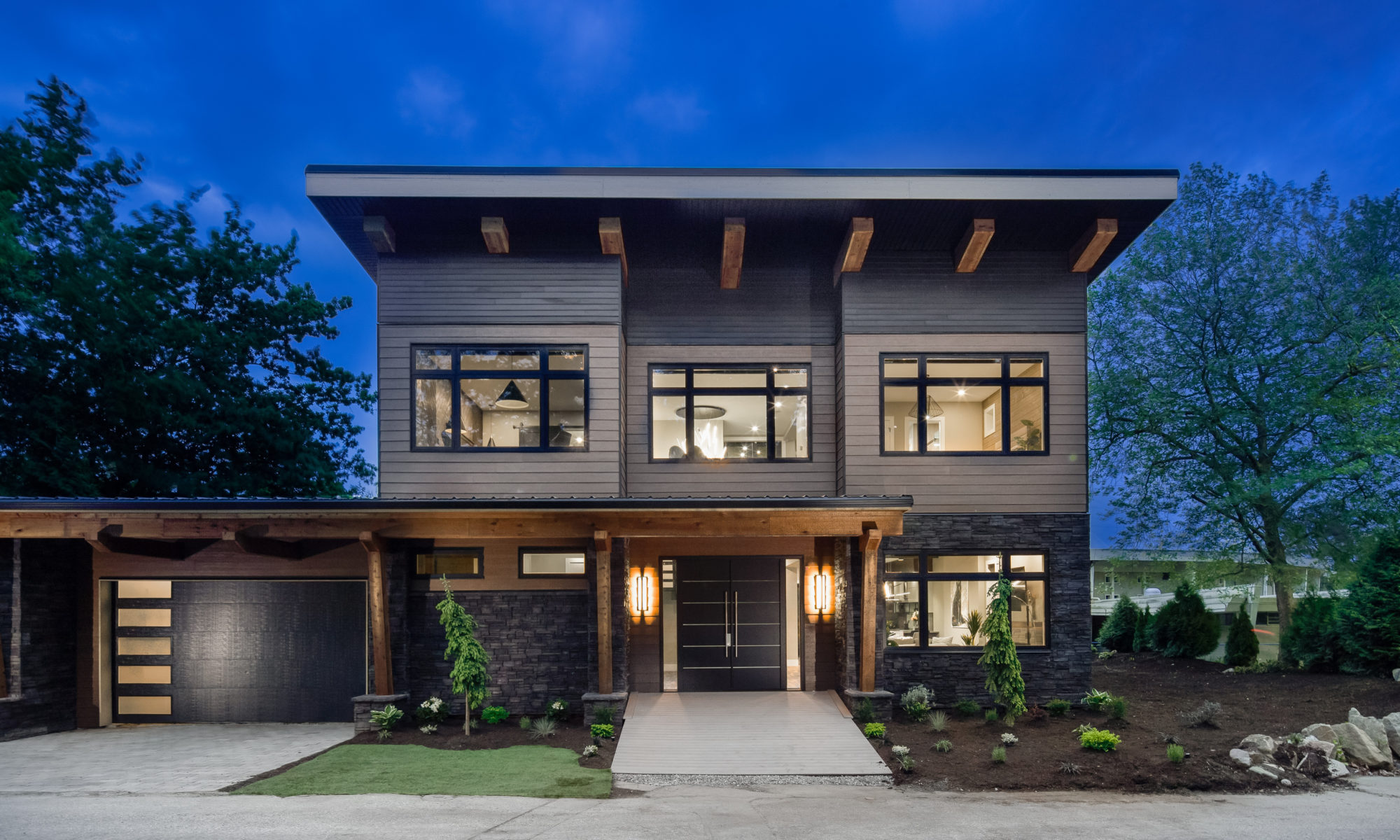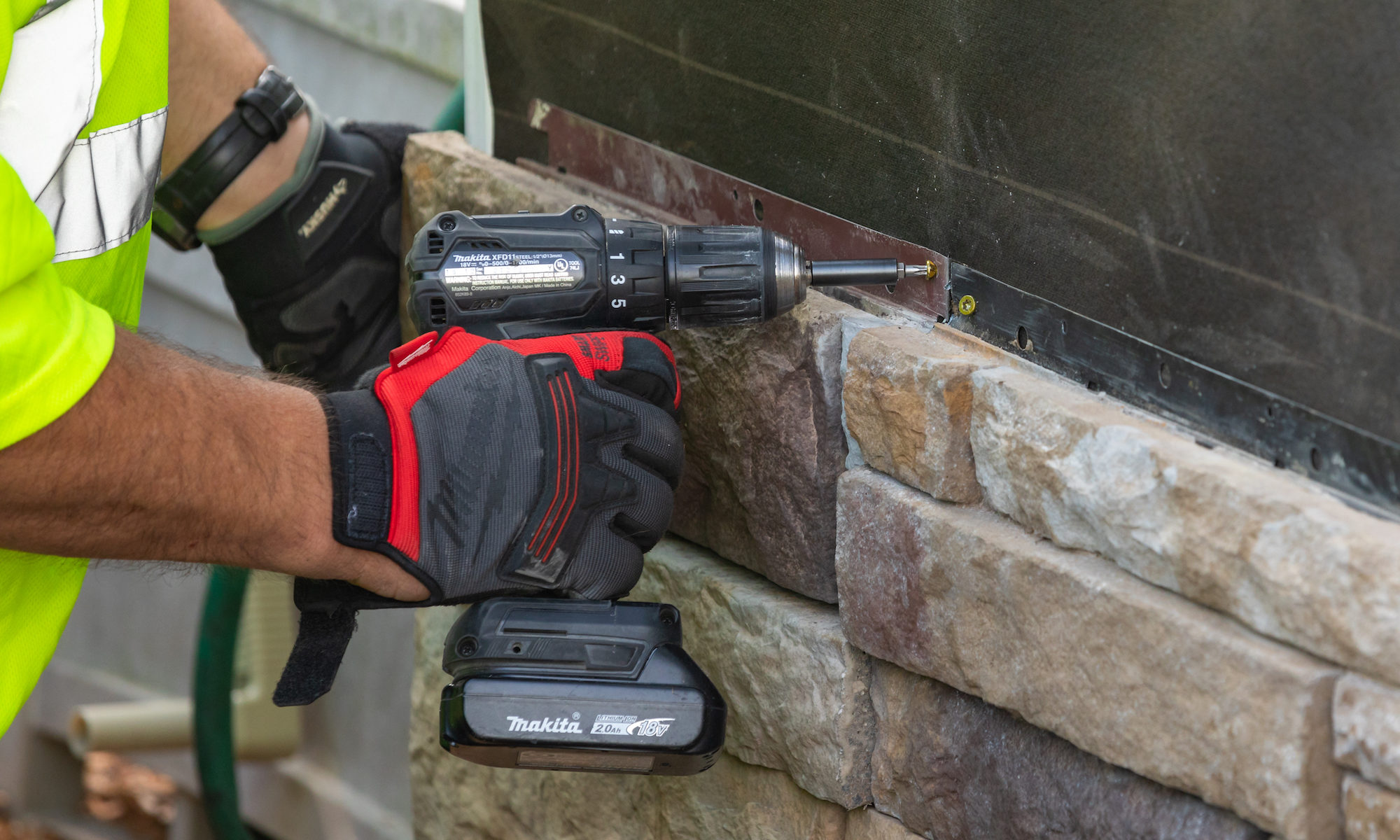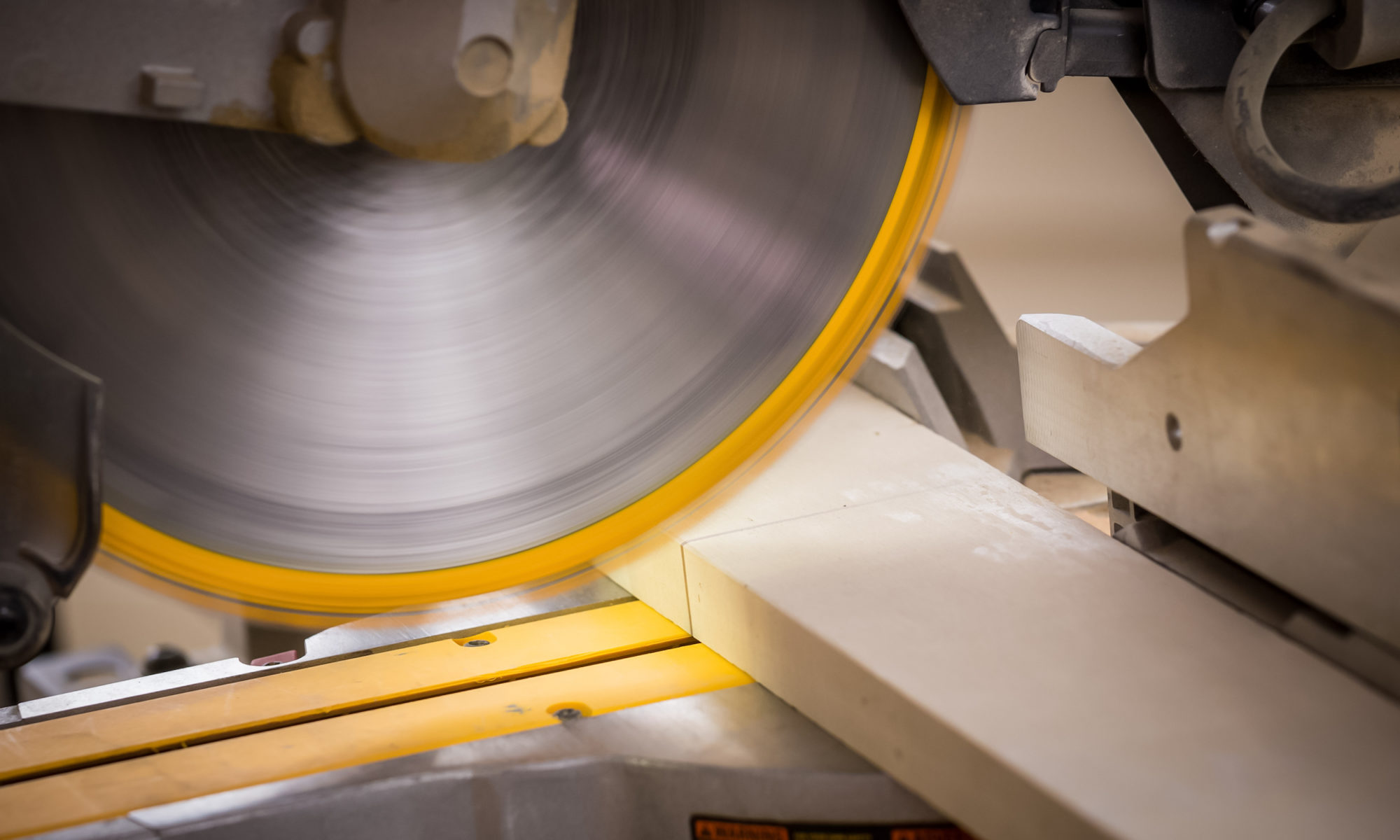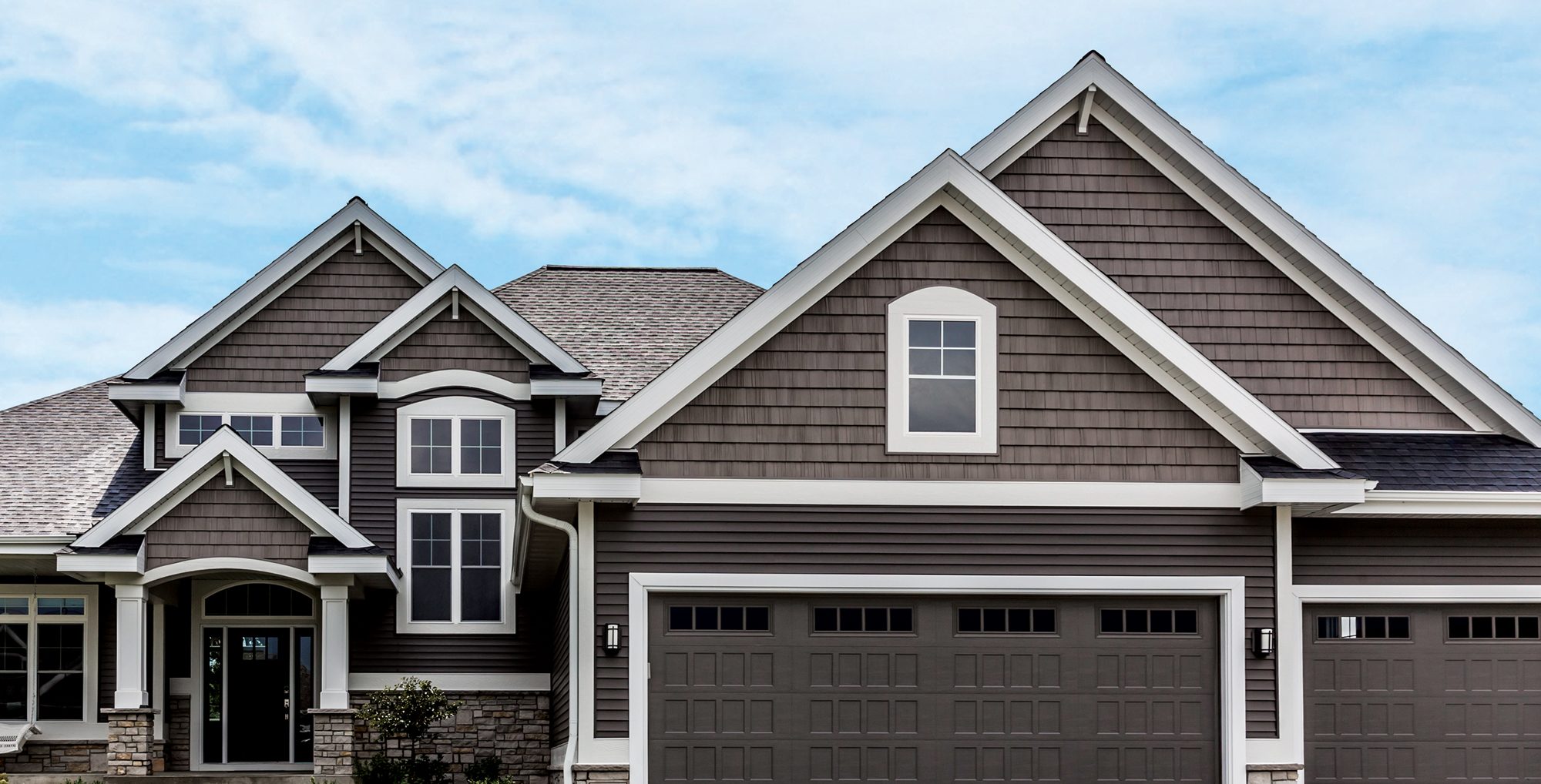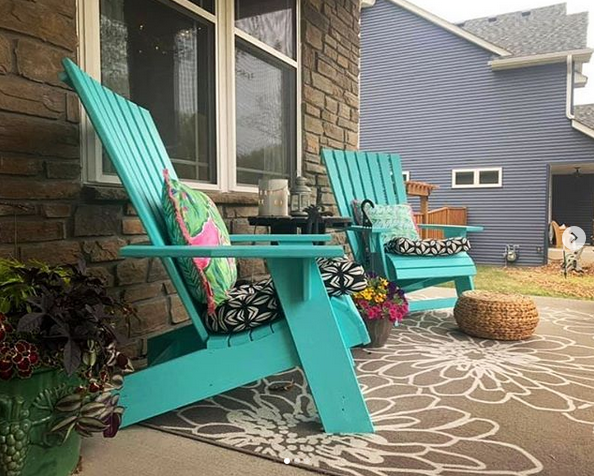Three major paint manufacturers—Benjamin Moore, Sherwin-Williams, and Behr—have released their 2022 Colors of the Year. Surprisingly, all three are various shades soothing, subtle greens. Less surprising are the common adjectives and themes that guided their selections, with words like “calm,” “fresh,” “cool,” “peace,” and “hope.” After two years of the pandemic, the trending color palettes reflect not only our collective need to create a peaceful sanctuary at home, but also infuse modern creativity to find our passions and move forward.
Here’s a closer look at the three color palettes.
2022 Colors of the Year
Benjamin Moore named October Mist as its Color Of the Year 2022. “The gently shaded sage quietly anchors a space, while encouraging individual expression through color,” the company says.

October Mist is one of 14 hues in a palette the company calls, “harmonious yet diverse, reliable yet whimsical, and meditative yet eclectic.” The collection includes luminous pales such as Hint of Violet and Quiet Moments, botanicals like Pale Moon, and refreshed primaries such as Wild Flower.
Sherwin-Williams’ Color of the Year 2022 is Evergreen Fog, a simple but sophisticated green-gray that the company describes as soothing and subtle. “Get a fresh start with a restorative shade that breathes freshness into modern interiors,” the manufacturer says.

Evergreen Fog pairs well with nature-inspired hues like Urbane Bronze (the manufacturer’s 2021 Color of the Year), Uber Umber, and Woven Wicker for a modern, organic feel.
Behr’s Color of the Year—Breezeway—is “a silvery green shade with cool undertones,” the manufacturer describes. “The color is inspired by naturally stunning sea glass found on the shore of salty beaches. … It evokes feelings of coolness and peace while representing a desire to move forward and discover newfound passions.”

In its Color Trends 2022 Palette designed to inspire a hopeful start to the new year, Behr pairs Breezeway with 19 soothing shades and warm tones ranging from a muted clay-pink Sunwashed Brick to a bold terracotta red Perfect Penny.
Though the colors of the year tend to address interiors, it’s important to consider the flow from inside to out. Rather than strict lines between bold exteriors and relaxed interiors, a fluid progression is worth considering to ensure harmony as homeowners frequently blend indoor and outdoor living.

Ready to take advantage of the latest color trends? Boral Building Products’ exterior siding and trim products offer the perfect opportunity to incorporate similar hues to the Colors of the Year. Check out the range of muted neutrals available from Foundry Siding (like the Shakes pictured above), learn how Atlantic Shutters can be matched to nearly any color, and explore how TruExterior Siding & Trim can be painted any color, making it easy to respond to the latest preferences.



